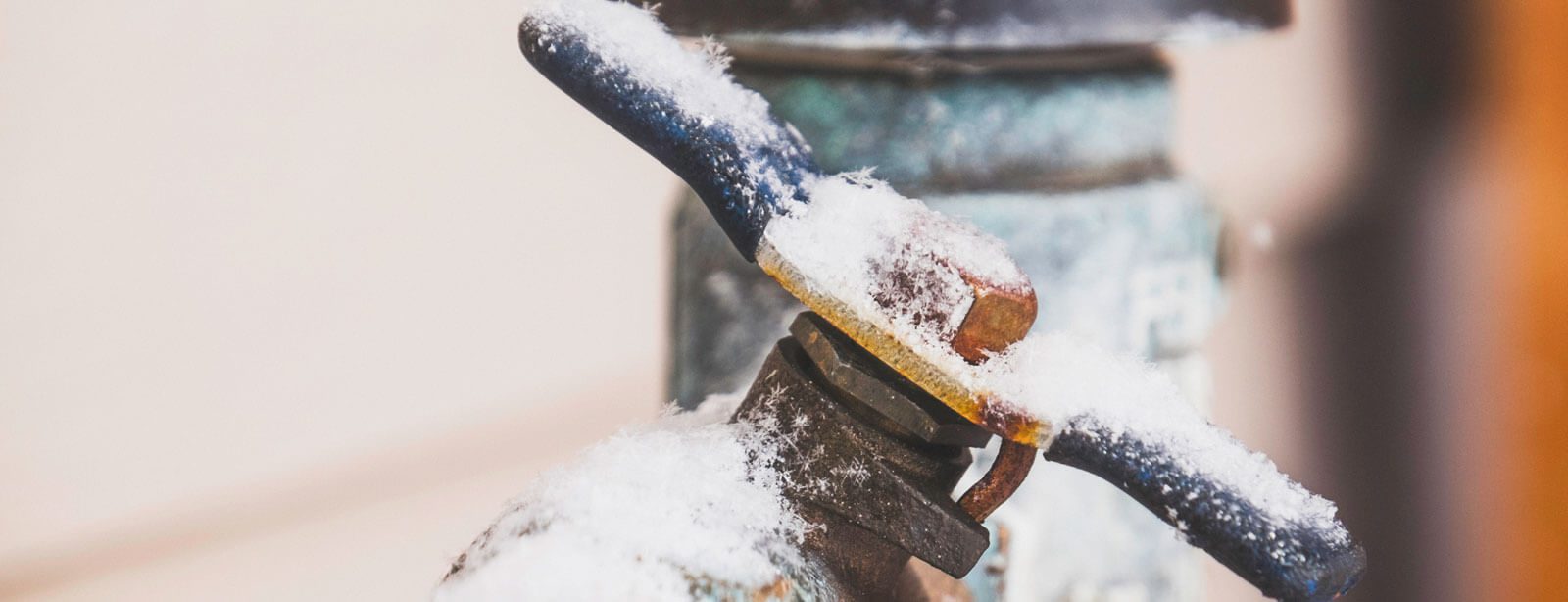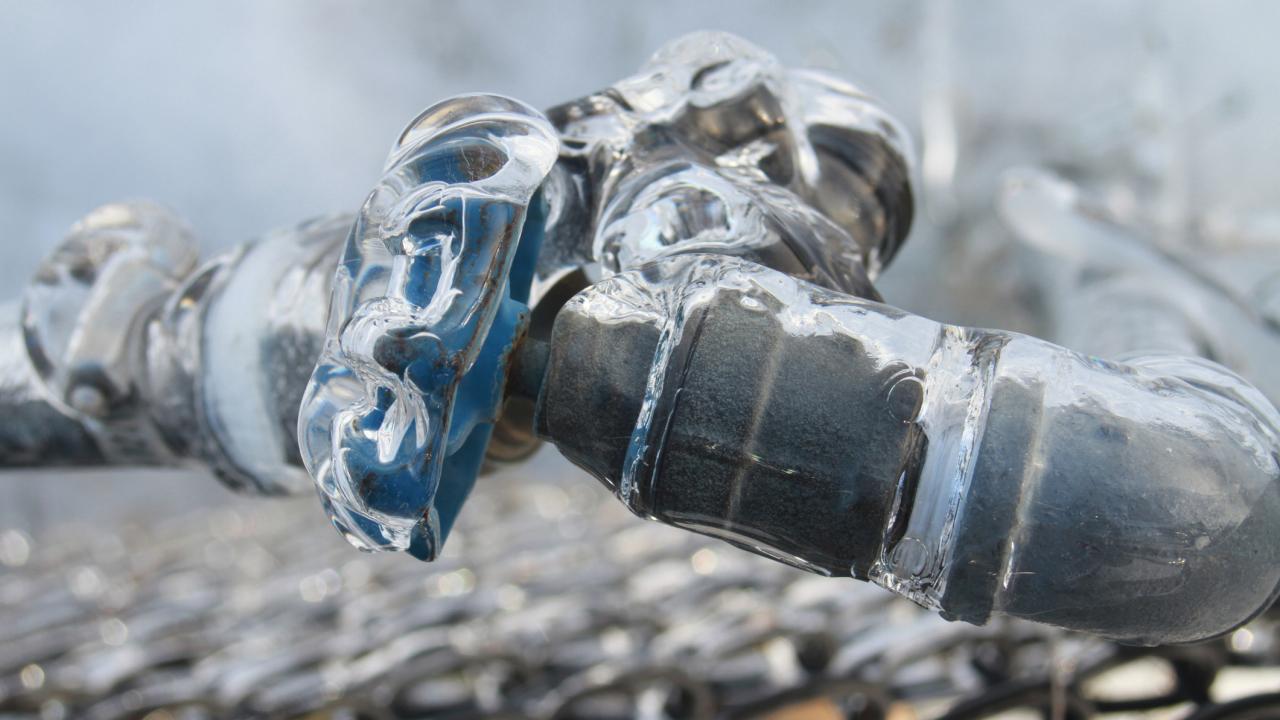How to Avoid Frozen Pipes in Winter: Pro Advice
How to Avoid Frozen Pipes in Winter: Pro Advice
Blog Article
The author is making a number of good annotation relating to 6 Ways to Prevent Frozen Pipes overall in this post further down.

Winter can damage your plumbing, specifically by freezing pipes. Below's exactly how to prevent it from taking place and what to do if it does.
Intro
As temperatures decline, the risk of icy pipes boosts, possibly causing pricey repair work and water damages. Recognizing how to avoid icy pipelines is important for home owners in cold climates.
Comprehending Icy Pipes
What triggers pipelines to ice up?
Pipelines ice up when subjected to temperatures listed below 32 ° F (0 ° C) for expanded periods. As water inside the pipelines ices up, it expands, taxing the pipeline walls and possibly triggering them to burst.
Dangers and damages
Frozen pipelines can result in water supply disturbances, home damage, and costly repairs. Ruptured pipelines can flood homes and cause substantial architectural damage.
Indications of Frozen Piping
Determining icy pipelines early can avoid them from rupturing.
How to determine icy pipelines
Look for reduced water flow from taps, unusual odors or noises from pipelines, and noticeable frost on revealed pipes.
Avoidance Tips
Protecting susceptible pipelines
Cover pipes in insulation sleeves or utilize heat tape to secure them from freezing temperature levels. Focus on pipes in unheated or external locations of the home.
Heating techniques
Keep indoor rooms adequately heated, particularly locations with pipes. Open up closet doors to permit cozy air to flow around pipelines under sinks.
Safeguarding Outside Plumbing
Garden hose pipes and outside faucets
Disconnect and drain yard tubes prior to winter. Install frost-proof faucets or cover exterior faucets with insulated caps.
What to Do If Your Pipelines Freeze
Immediate activities to take
If you presume frozen pipes, maintain faucets open up to ease stress as the ice melts. Make use of a hairdryer or towels soaked in hot water to thaw pipelines slowly.
Long-Term Solutions
Structural modifications
Think about rerouting pipelines far from outside walls or unheated locations. Add extra insulation to attics, cellars, and crawl spaces.
Updating insulation
Invest in top quality insulation for pipes, attics, and wall surfaces. Correct insulation assists keep consistent temperatures and minimizes the danger of icy pipelines.
Final thought
Protecting against icy pipelines needs positive actions and fast feedbacks. By recognizing the reasons, indications, and preventive measures, property owners can protect their pipes throughout cold weather.
6 Proven Ways to Prevent Frozen Pipes and Protect Your Home
Disconnect and Drain Garden Hoses
Before winter arrives, start by disconnecting your garden hoses and draining any remaining water. Close the shut-off valves that supply outdoor hose bibs and leave the outdoor faucet open to allow any residual water to drain. For extra protection, consider using faucet covers throughout the colder months. It’s also important to drain water from any sprinkler supply lines following the manufacturer’s directions.
Insulate Exposed Pipes
Insulating your pipes is an effective way to prevent freezing. Pipe insulation is readily available at home improvement stores and is relatively inexpensive. Pay close attention to pipes in unheated areas such as the attic, basement, crawl spaces, or garage. Apply foam insulation generously to create a buffer against the cold. You can also wrap your pipes in heat tape or thermostat-controlled heat cables for added warmth.
Seal Air Leaks
Inspect your home for any cracks or openings that could let in cold air. Seal any holes around the piping in interior or exterior walls, as well as the sill plates where your home rests on its foundation. Additionally, make sure to keep your garage door closed unless you’re entering or exiting. Leaving it open creates a significant air leak that can lead to frozen pipes.
Allow Warm Air Circulation
During cold snaps, it’s essential to allow warm air to circulate evenly throughout your home. Leave interior doors ajar to promote better airflow. Open kitchen and bathroom cabinets to help distribute heat consistently around the rooms. If you have small children or pets, be sure to remove any household chemicals or potentially harmful cleaners from open cabinets for safety.
Let Faucets Drip
A small trickle of water can make a big difference in preventing ice formation inside your pipes. When temperatures drop significantly, start a drip of water from all faucets served by exposed pipes. This continuous flow helps prevent the water from freezing. Additionally, running a few faucets slightly can relieve pressure inside the pipes, reducing the chances of a rupture if the water inside does freeze.
https://choateshvac.com/6-proven-ways-to-prevent-frozen-pipes-and-protect-your-home/

Hopefully you enjoyed our article about Preventing and dealing with frozen pipes. Thank you so much for taking a few minutes to read through our article post. Those who appreciated our page please be sure to share it. I enjoy your readership.
Visit My Website Report this page